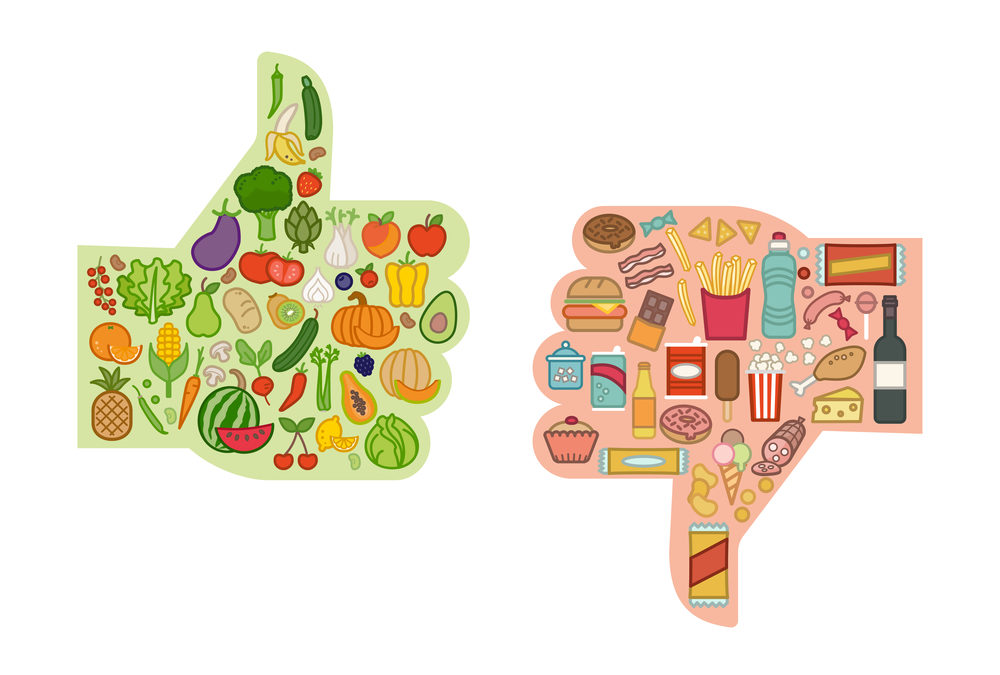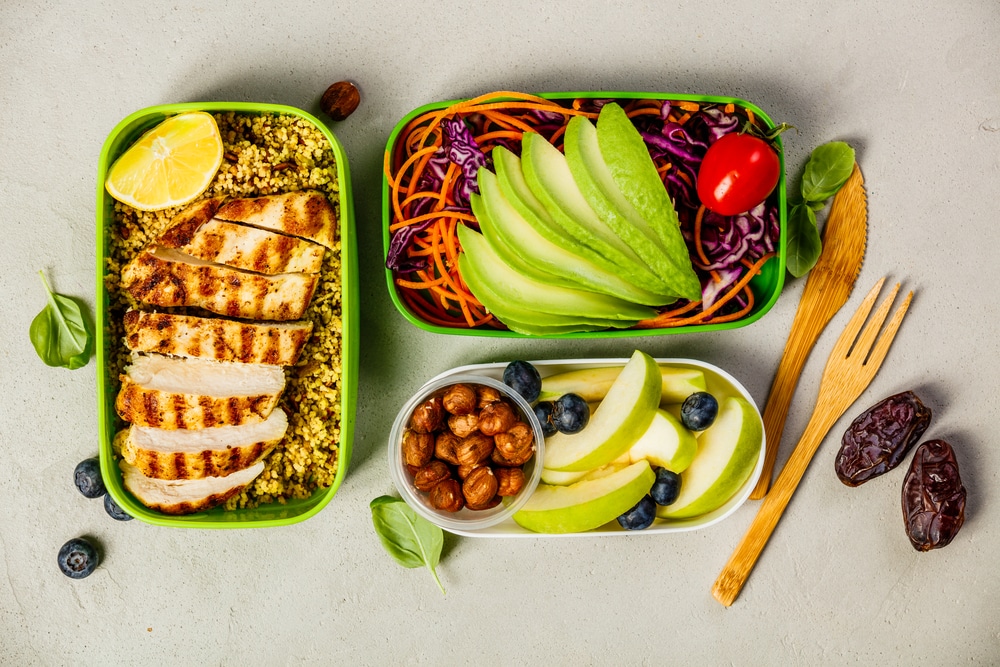
The Truth About Why You Need Fats In your Diet
In looking for a healthy diet, you are probably not thinking about the daily intake of fats that you will include. Fats tend to be viewed as the villain of a healthy lifestyle, to be reduced and avoided at all costs. The truth about fats, however, does not measure up to all the bad press it has gotten. In fact, you need some fat in your diet so that your body can do important things like absorb vitamins, clot blood and move muscles. The key is understanding which are the bad fats, which are the good fats and which are the great fats.
Bad Fats
Saturated fat is a type of fat that can increase your LDL cholesterol level (the bad cholesterol) and, ultimately, contribute to heart disease. Saturated fats are found in foods like butter, red meat, cheese and whole milk. A small amount of saturated fats is unlikely to have damaging effects but experts recommend that your consumption of saturated fat be no more than 10% of your total daily calories.
Good Fats
Mono-saturated fats have actually been found to lower LDL cholesterol, thereby contributing to lower risk of stroke and heart disease. These are the fats that keep your body running at optimal performance. Mono-saturated fats found in healthy oils also provide vitamin E which is an antioxidant needed to protect the body’s cells from damage. Mono-saturated fats are found in food like unsalted nuts such as almonds and cashews, avocado and plant or seed based oils such as olive oil, canola oil or peanut oil.
Great Fats
Poly-saturated fats do all the wonderful things that mono-saturated fats do, with some added bonuses. Poly-saturated fats are considered essential fats. This means that your body requires them to function properly but your body cannot make them on its own.
These fats lower LDL cholesterol, as well as triglycerides, which can thicken the artery walls and lead to heart disease. They have also been found to reduce inflammation and result in the use of less medication in the pain management of autoimmune diseases such as rheumatoid arthritis.
Poly-saturated fats included Omega 3 and Omega 6 fatty acids. It can be found in food such as walnuts, flax seeds, safflower oil and corn oil. Poly-saturated fats are also found in fish such as salmon, tuna and trout.
How Much Fat Do You Need?
It is recommended that fats make up 25% to 30% of your total daily calories. While there is no specific recommendation of how much good (mono-saturated) and great (poly-saturated) fat should be included in a healthy diet, it is safe to say that replacing saturated fat with these healthy fats will have a positive effect on your body functioning and overall heart health.





